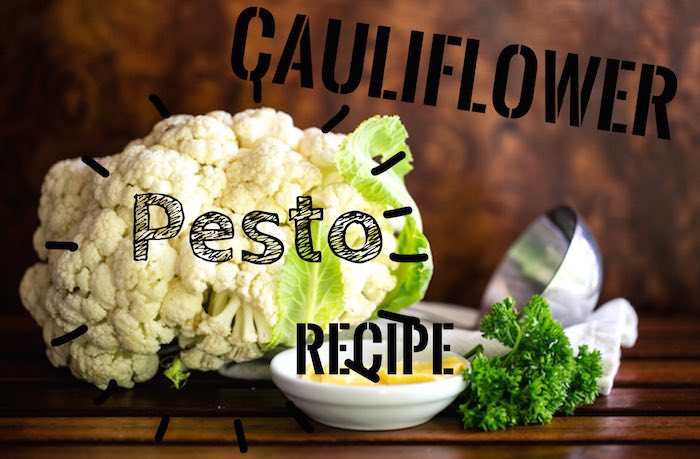This recipe is inspired by simplicity and by the lush and vibrant herb garden at Blue Osa.
Try this recipe for something tasty and light what will bring you back to simple cooking and fresh flavors.
The pesto recipe has also been modified to be dairy-free and it includes spinach, which grows bountiful here in the Blue Osa garden.
But first, aren’t you curious about where pesto comes from?
The History Of Pesto
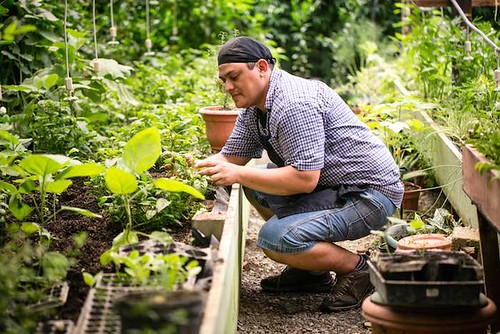
The name is the contracted by the Genoese word pestâ (Italian: pestare), which means to pound, to crush, in reference to the original method of preparation, with marble mortar and wooden pestle.
The ingredients in a traditionally made pesto are ground with a circular motion of the pestle in the mortar.
The ancient Romans ate a paste called moretum, which was made by crushing cheese, garlic and herbs together. Basil, the main ingredient of modern pesto, likely originated in India and then took the firmest root in the regions of Liguria, Italy and Provence, France. The Ligurians around Genoa use a combination of basil, crushed garlic, grated hard cheese , and pine nuts with olive oil to form pesto.
But because we are trying things with a twist, we are going to adapt this recipe onto a cauliflower as opposed to traditional pasta.
Three Cauliflower Facts You Didn’t Know
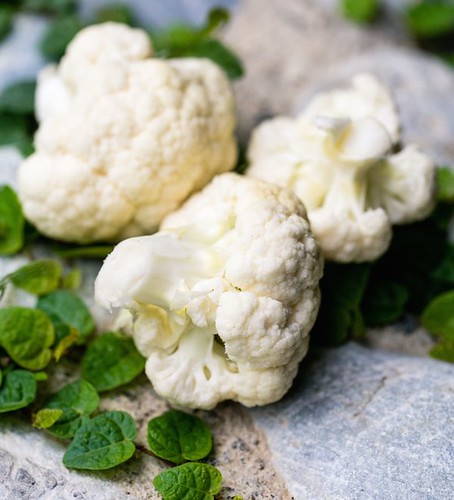
1. Cauliflower fights cancer
Cauliflower contains sulforaphane, a sulfur compound that has also been shown to kill cancer stem cells, thereby slowing tumor growth. Some researchers believe eliminating cancer stem cells may be key to controlling cancer.
2. Cauliflower is anti-inflammatory
You need some level of inflammation in your body to stay healthy. However, it’s also possible, and increasingly common, for the inflammatory response to get out of hand.
Cauliflower contains a wealth of anti-inflammatory nutrients to help keep inflammation in check, including indole-3-carbinol or I3C, an anti-inflammatory compound that may operate at the genetic level to help prevent the inflammatory responses at its foundational level.
3. Cauliflower boosts your brain
Cauliflower is a good source of choline, a B vitamin known for its role in brain development. Choline may even diminish age-related memory decline and your brain’s vulnerability to toxins during childhood.
Clearly, we need to eat more cauliflower! Now let’s get to the recipe.
Steamed Cauliflower with Dairy-Free Pesto
From the kitchen of Blue Osa
Gluten free, Dairy Free & Vegan
Serves 4
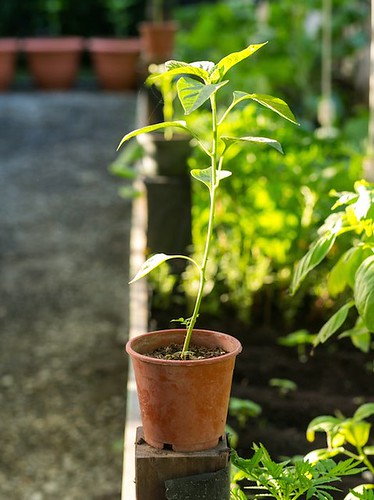
Ingredients:
2 heads of cauliflower cut into florets
2 handfuls fresh spinach
4 handfuls fresh basil (all varieties)
1 handful fresh sage
1 handful fresh oregano
3 – 5 cloves garlic peeled (depending on your taste)
1/4 cup olive oil
1/2 lime juiced
Salt to taste
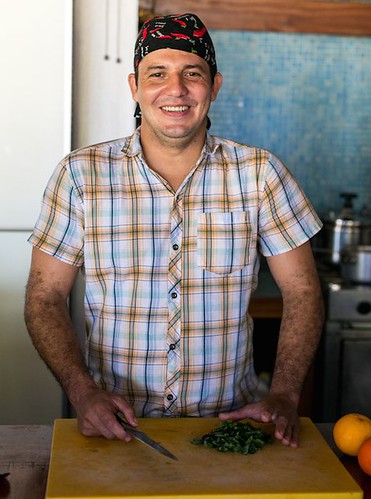
Directions:
- Place cauliflower in steamer and heat on med. or high.
- While the cauliflower is on the stove, prepare the garden pesto.
- Put the fresh herbs, garlic, spinach, lime juice and olive oil in a food processor and blend. Once everything is mixed, add a little salt to taste then blend again until fine and smooth. If it is too thick or has trouble blending add more olive oil or water.
- Check the cauliflower, once it is thoroughly cooked, remove from the steamer and place into a bowl or serving dish. Pour the pesto mix on top and serve. Yum!
Visit us to try our home made garden pesto that everyone raves about!
We thought these other recipes from our garden might interest you
www.blueosa.com/hearty-vegetable-soup
https://www.blueosa.com/blue-osa-recipes-chorizo-chicken-spanish-paella/


